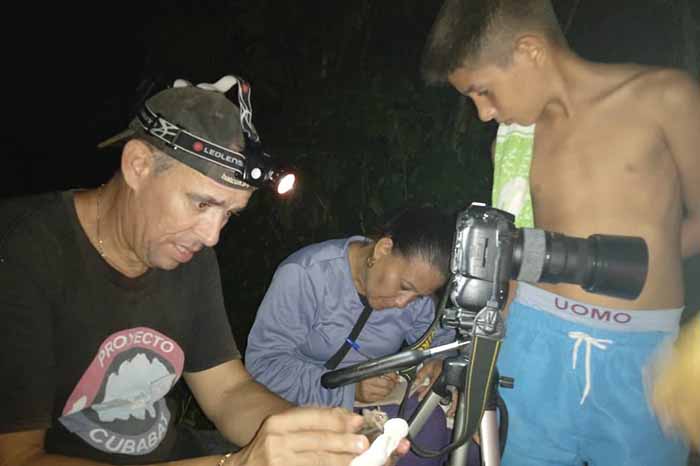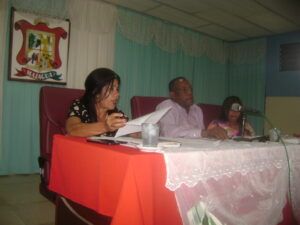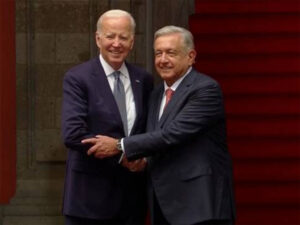Pollinators, seed dispersers, pest controllers… the roles of bats in ecosystems place them among the most relevant living beings, which is why contributing to the preservation of those mammals and their habitats in Cuba is the mission of the Cubabat project.
Under the guidance of biologist, forensic scientist and speleologist Joel Monzon Gonzalez, the initiative launched in 2003 aims to guarantee the survival of the 26 species of bats present in the country, which represents the greatest diversity of these creatures in the Antilles.
Children are, as usual, the most attentive and receptive audience to the environmentalist message of the expert and his team, something essential when the aim is, thanks to knowledge and empathy, to break down barriers imposed by superstition about the only flying mammals.
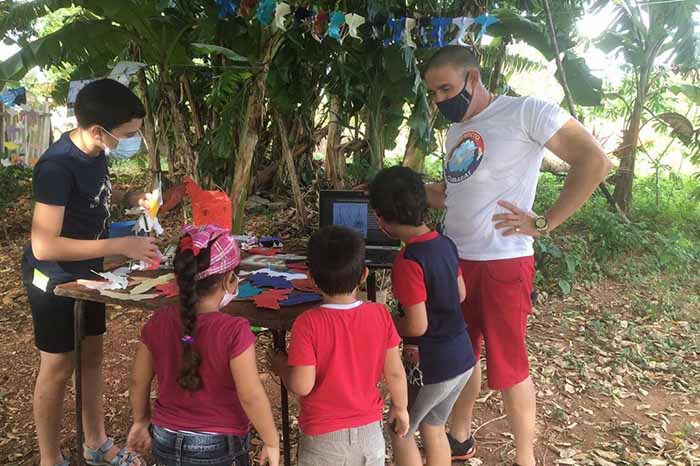
Little by little, in schools, workplaces, hotels, farms and any space that is conducive, Cubabat educates to change the perspective of people of all ages with respect to some of the most reviled beings in the world, partly because of their peculiar appearance, their nocturnal habits and the influence of popular culture.
As every April, on a day that centers on April 17 as Bat Appreciation Day, the project reinforces its work to raise community awareness, and opens new paths to deepen other of its main lines: research and monitoring.
According to Monzón González, it is essential to collaborate with international organizations to promote scientific studies on the chiropterofauna in the territory of Matanzas and other polygons distributed throughout the national territory.
Next summer, a season traditionally associated with high temperatures and recreational days, also promises novelties for bat lovers, with a photography workshop and an exhibition at the San Juan Grotto, a space of the Antonio Núñez Jiménez Foundation for Nature and Mankind.
The efforts deployed by Cubabat make their own the legacy of personalities who dedicated a great part of their lives to the study of bats, such as Gilberto Silva Taboada, founder of the National Museum of Natural History of Cuba.
Technology is an ally that makes it possible to understand, among other aspects, the vocalizations of animals present in caves and other environments hostile to humans, and to contribute information to international projects such as DarkCideS, the largest global registry of information about cave bats.
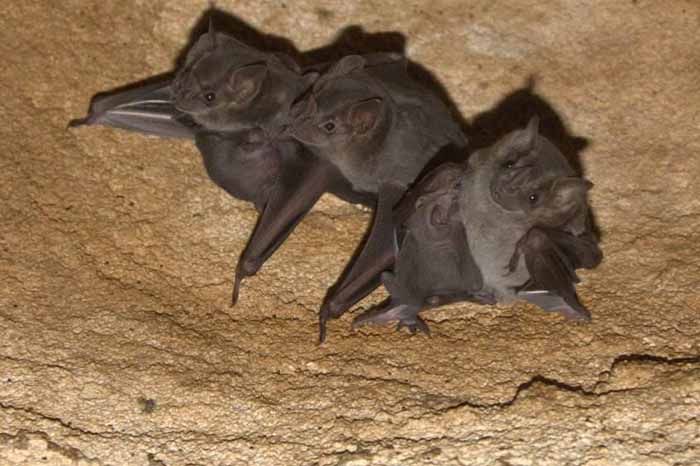
Cuba is home to truly unique species such as Antrozous koopmani, of which only three specimens have been captured alive; and Nyctiellus lepidus (butterfly), one of the smallest on the planet.
Studying Cuban bats is just the first step to understand them, and an incentive to fight for respecting their space, a patient task that is worthwhile if we take into account that they are parasite species, since they help other creatures to survive.

